
Top ERP Solutions for the Tea Industry
An Enterprise Resource Planning (ERP) system which are designed especially for the tea industry works as a business management software which helps the user to address the specific requirements and challenges that may come across the tea producers, manufacturers, and the distributors. These systems also helps the user to integrate various business processes, from the stage of plantation management to the end stages like sales and finance, all into a centralized platform, while also enhancing the productivity, efficiency, and the power of decision-making.

What is the process of manufacturing in the Tea Industry?
The tea manufacturing process comes with several key steps that helps the user to transform their freshly plucked green tea leaves from the tea plantation into the various types of tea and distribute it further in the market on a global level. Whereas the ERP assist the user in all of these stages and helps them choose the accurate solution.
Plucking
The first or the initial stage in the process begins with harvesting those green leaves, the farmers here have to do it carefully as they have to pluck the two leaves and a bud, from the tea plant. This is often done by hand as it ensures that the user have selected the tender leaves. Plucking is a process that is done regularly, with the proper intervals of 5 to 8 days in each field.
Withering
These are the harvested leaves that spread out in the sun to dry, in order to reduce the overall moisture content in the leaves. This can be done either in the open spaces or can also be done in the large troughs with calculated air passing over them. The withering stage take up to 12-17 hours, the leaves are kept here until they are in a bendable texture and are ready for rolling.
Rolling
Next, phase where the leaves are rolled and is twisted in order to break them, doing this process initiates the oxidation. Rolling of the leaves can be done either by hand or using the rolling machines that gently press the leaves between the grooved wooden plates in the machine. This process also helps the leave to release their essential oils and juices from the leaves, which further enhances the overall tea's flavor.
Oxidation (Fermentation)
The rolled leaves are then left to oxidize, a process that helps the user to determines the tea's color, taste, and strength. During this manufacturing stage, the enzymes present in the leaves gets mixed with the air, which also changes the color of the leaves from the vibrant green to pale brown. The level of oxidation is also controlled in this process to achieve the desired flavor as per the requirement. It also lighter the teas being oxidized for a shorter period and gives a more stronger teas for a longer period. This process occurs in fermentation rooms as the tea leaves here are placed on an aluminum trays for the process being more effective.
Drying (Firing)
Once the desired level of oxidation is achieved, the leaves are set to be dried using the hot air dryers as it helps in reducing the overall moisture content and make it reach at 3%. This step is also important in the process in order to stop the overall oxidation process and stabilize the tea's taste and aroma as per their standard.
Sorting and Grading
After the process of drying, the tea leaves are sorted and graded according to their size, type, and the overall appearance. As different countries have their own systems for classifying tea, they can be clarified according to the teas named after their region of origin, their overall production method, or the type of leaf that is used.
Additional Steps
Some of the tea also includes the method of process and have an additional steps which are termed as the stewing and stirring, waving, rubbing, deblocking, and yellowing which is a process that is specific to treat the yellow teas. The "kill-green" or "fixation" step, is a step that involves the process of heating the various leaves as it deactivate the oxidative enzymes level and also works on the process of break the oxidation process at a desired level.

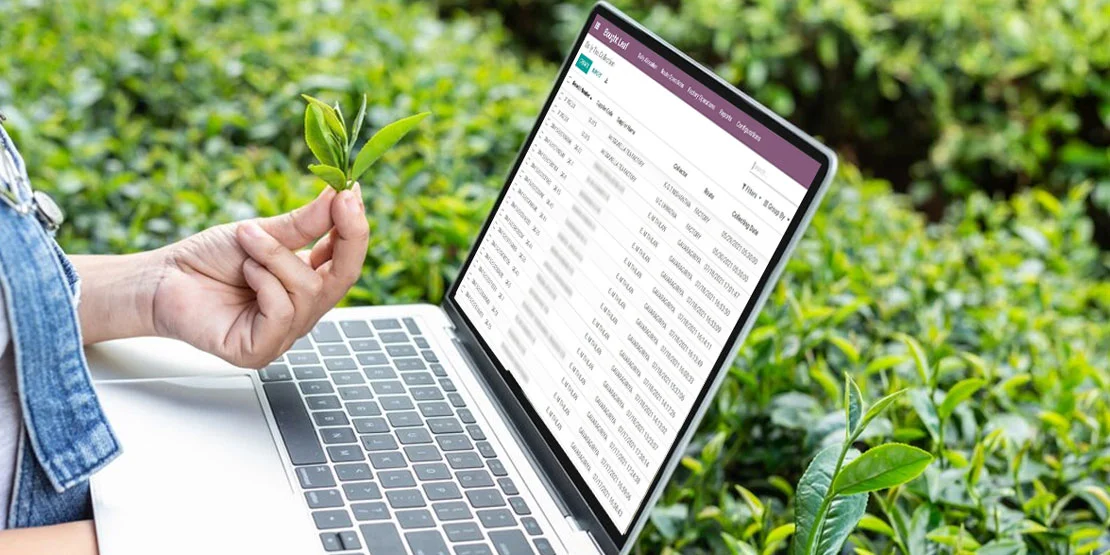
ERP for the Tea Industry
The main reason behind working on with an ERP for the tea industry, is to increase the productivity of the venture and also work actively on the profit margin. The ERP helps the user to work on an error free tea manufacturing and the level of production, with further guarded by the process of automation while making the production process quick and easy.
Talking about the best and one of the finest ERP for the tea industry specifically, it is odoo that works for individuals from all over the world and goes which every business size in general. Odoo is also a flexible and versatile option that helps with business Scalability and business productivity.
Odoo on the other hand is an affordable option that also contributes in the positive point of choosing odoo for the tea industry business ventures.
Benefits of ERP Solutions for the Tea Industry
Streamlined Operation
It integrate the overall business process
Works on the components like production, inventory, packing, sales, etc.
Assist in streamlining the operations which helps the user to be on the same page
Works on the reducing the labor values
Improved Supplier Relationship
It helps the user to discard the damaged leaves
Assist the user in having the high quality of material
It acts as a centralized platform and helps the user to communicate better with the suppliers
It works on the performance parameters like the quality, lead timing and the cost certification, and much more.
Optimized inventory
It manage the huge amount of raw material
It assist the user to be on the right place at the right time
Helps with sharing the data
Avoids the situation like out stocks and understocks.
Enhanced Visibility
Helps the user to have a great visibility throughout the supply chain
Works on the real-time tracking
Helps the user with the quality check
Increase the brand visibility and chances of growth
Improved Production
Maintain the production according to the market standards
Helps the user to enhances the production efficiency
Assist with the components like demand, supply, and resources.
It works on increasing the business profitability.
Reduce the Effort & Time
Improved the demand and supply chain
Works on the business standards with market trends
Can be used for multiple packaging
Helps to optimize the packaging process

Key Features of ERP Systems for the Tea Industry
Streamlined Operations
ERP systems helps the user to integrate all the processes, like procurement, production, inventory, packaging, sales, and distribution, all under a single platform. This integration by the ERP helps the user to streamline the management, helps the user to reduce the errors, and also improve the overall operational efficiency for the business.
Enhanced Visibility
ERP software is an effective way to work on the complete visibility throughout the supply chain, it also allows the manufacturers to track each and every detail about the tea lot. This also enables the user to have a quick identification and isolation of all the loopholes that helps the manufacturers track the origin and production details that can be affected lots, and further results in reduction of their impact.
Improved Production
ERP systems also efficiently handle all the tasks in the production process, while also enhancing the overall production efficiency. If working with a good team of experts like O2B Technologies they also helps the user in the components like planning and execution from the materials stage to the labor and machinery.
FAQs
What is the ERP Solutions for the Tea Industry?
An Enterprise Resource Planning (ERP) system that is designed especially for the tea industry and helps the user in their business management, here the ERP works on addressing the specific requirements of the user and helps the user with different set of challenges, which they may face in their venture.
How can odoo be helpful as an ERP Solutions for the Tea Industry?
Odoo can be really helpful as an ERP solution for the tea industry, as it works on handling the various tasks in the production process, it is also helpful in maintaining the production levels efficiency.
What is the Rolling phase in the process of manufacturing in the Tea Industry?
The rolling phase is an important phase in the tea manufacturing unit, in this stage the tea leaves are being oxidated and is rolled in the specific shape to release the essential oils from the leaves, which is helpful in releasing the different tea's flavor.
ERP Solutions for the Tea Industry in the manufacturing stage?
The tea manufacturing process, comes with the various stages, as the first stage is to pick the prefect set of leaves according to the type of tea production that the user wants to go for. This long manufacturing stage of the tea production can be easily done when choosing a right ERP system that helps you plan, maintain the quality and also assist in effective communication.
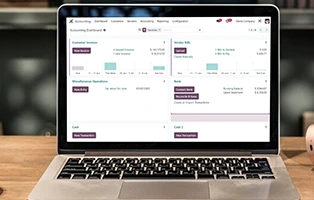


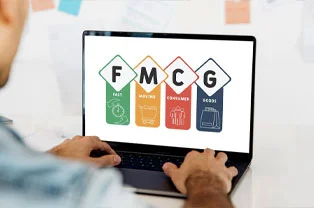
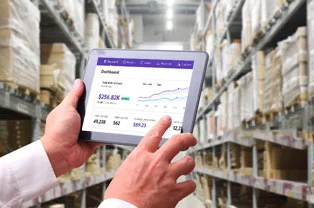




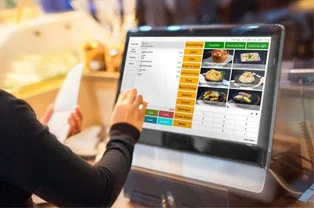

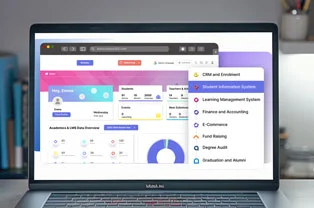







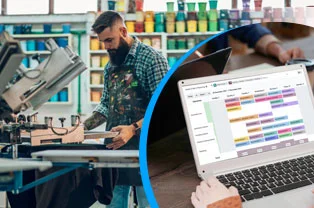
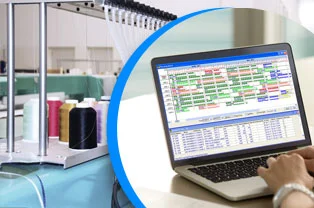

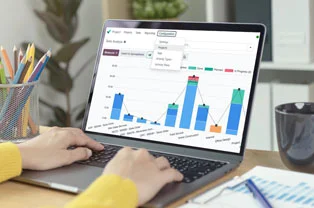






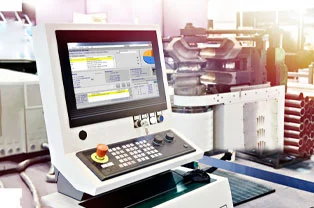
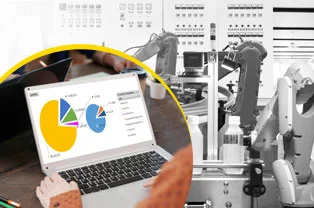

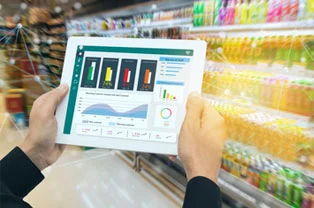
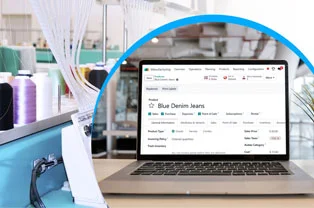
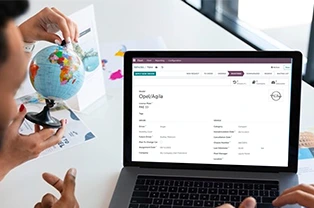

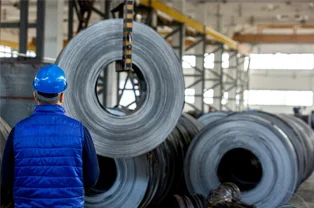
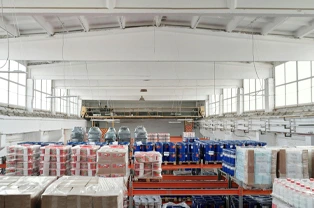






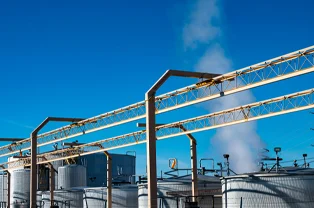




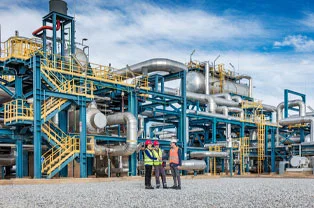
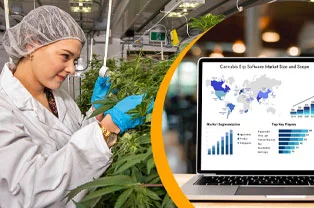









 USA
USA INDIA
INDIA